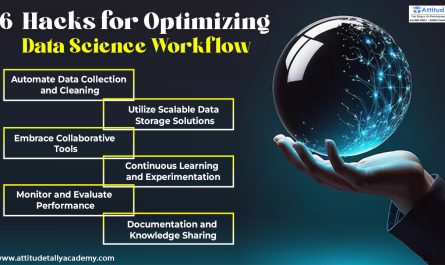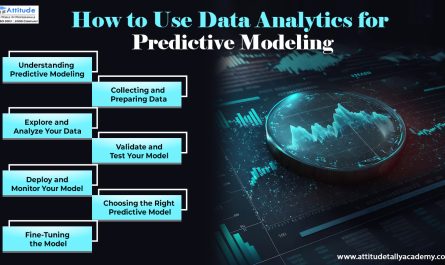Introduction
Data analysis is essential in today’s digital era. Professionals and students alike rely on tools like Microsoft Excel and Power BI to manipulate and analyze data efficiently. Two key components in these tools are Excel formulas and DAX (Data Analysis Expressions). But what sets them apart? Let’s explore their differences and understand when to use each.
What is Excel?
Excel is a powerful spreadsheet tool widely used in businesses, finance, and education. It allows users to perform calculations, analyze data, and visualize insights through formulas and functions.
Key Features of Excel:
- Provides built-in functions for calculations and data manipulation.
- Used in data analytics for financial analysis, reporting, and decision-making.
- Supports VBA macros for automation.
- Ideal for small and medium datasets.
What is DAX?
DAX (Data Analysis Expressions) is a formula language used in Power BI, Power Pivot, and Analysis Services. It enhances data modeling capabilities and allows complex calculations beyond standard Excel formulas.
Key Features of DAX:
- Performs advanced calculations in large datasets.
- Commonly used in data science and analytics to create business intelligence reports.
- Works with relational data models.
- Supports functions like SUMX, CALCULATE, and FILTER for better data insights.
Major Differences Between DAX and Excel Formulas
| Feature | Excel Formulas | DAX |
|---|---|---|
| Usage | Spreadsheet calculations | Data modeling & analysis |
| Data Size | Small to medium | Large datasets |
| Functionality | Basic to advanced calculations | Advanced BI calculations |
| Tools Used | Excel | Power BI, Power Pivot |
| Performance | Slower for big data | Optimized for large data models |
When to Use Excel Formulas?
- When working on small datasets in data analytics.
- For quick calculations and standard reporting.
- When working with standalone spreadsheets.
When to Use DAX?
- When dealing with large datasets requiring relational modeling.
- For business intelligence and real-time analysis in data science.
- When working with Power BI for interactive reports.
Learning Excel and DAX for Data Analytics
Both Excel and DAX are essential skills for data professionals. If you’re starting with data analytics courses for beginners in Yamuna Vihar, mastering Excel formulas is the first step. As you progress into data analytics certification in Uttam Nagar, DAX becomes crucial for deeper insights and automation.
Key Topics to Learn:
- Excel: PivotTables, LOOKUP functions, IF statements, Power Query.
- DAX: Measures, calculated columns, SUMX, FILTER, CALCULATE.
- Python for Data Science in Yamuna Vihar for more advanced analytics.
How to Get Started?
If you’re interested in learning advanced data analytics in Uttam Nagar, consider enrolling in structured training. Institutes offer data science certificate programs in Yamuna Vihar with hands-on experience in Excel, DAX, and other analytical tools.
Final Thoughts
Excel and DAX serve different purposes, but together, they form a strong foundation for data analytics. Whether you’re a student, analyst, or business professional, understanding these tools can boost your career in data science and machine learning in Uttam Nagar.
For a structured learning approach, explore data analytics coaching centres in Yamuna Vihar that offer practical training in Excel, DAX, and other essential tools. A well-rounded education in analytics can open doors to various career opportunities.
Suggested Links:




